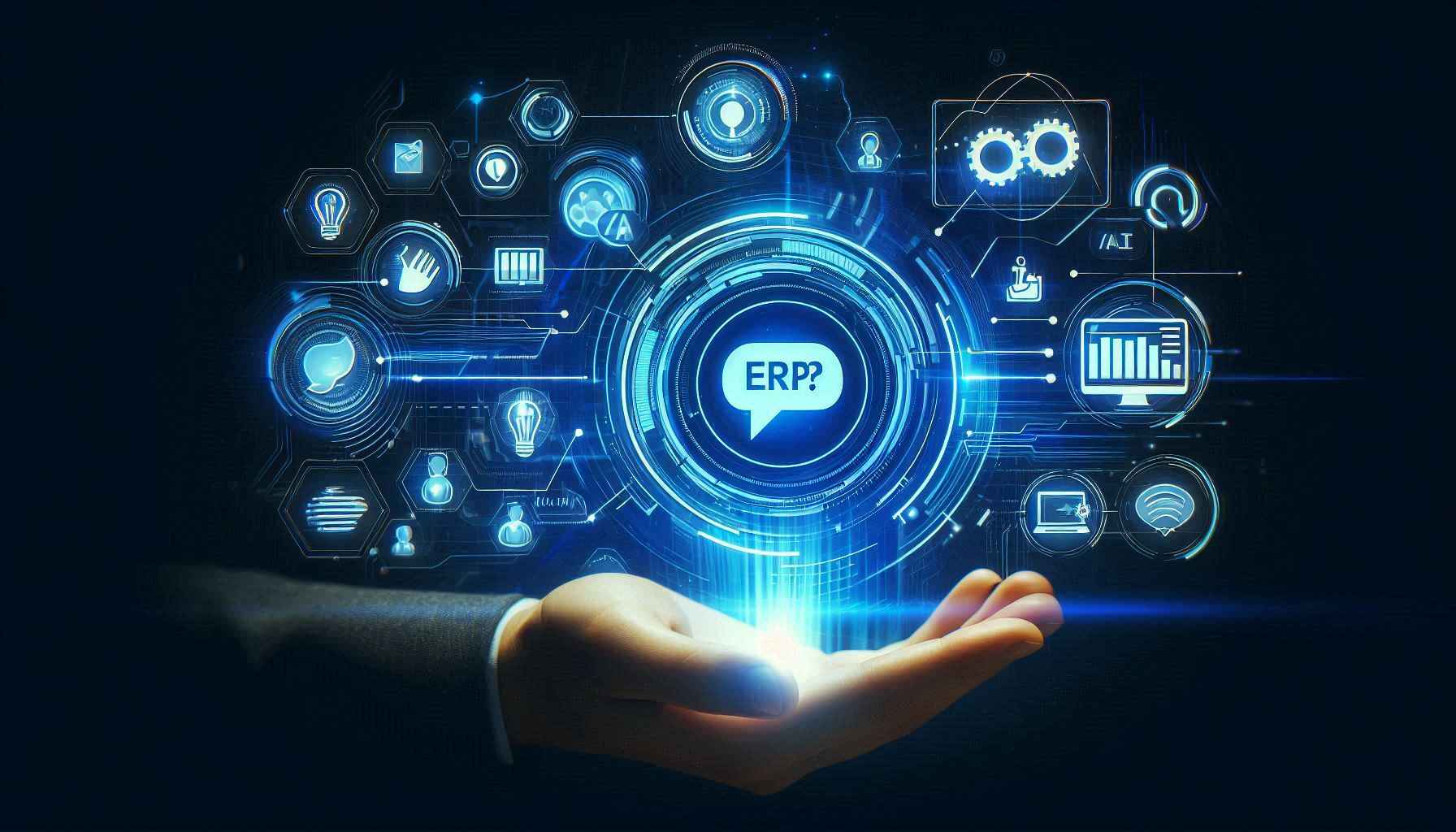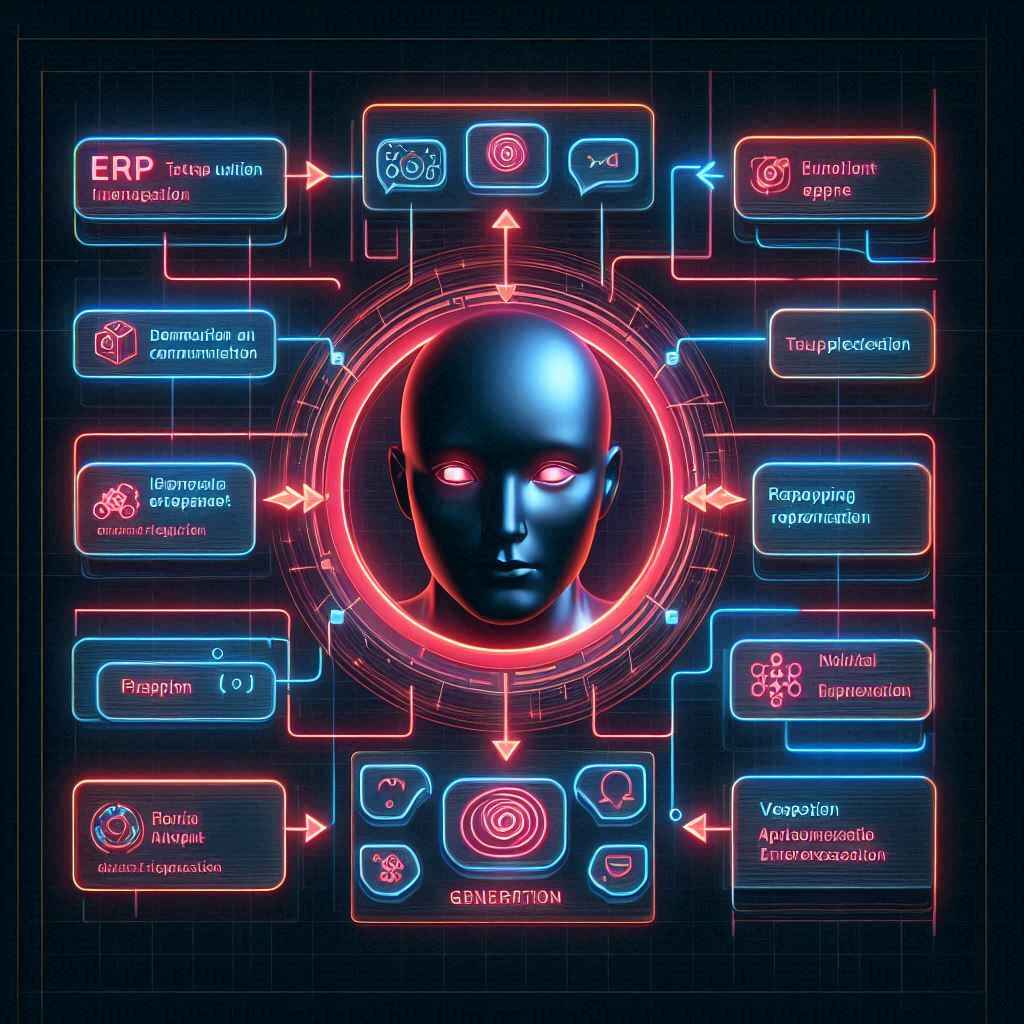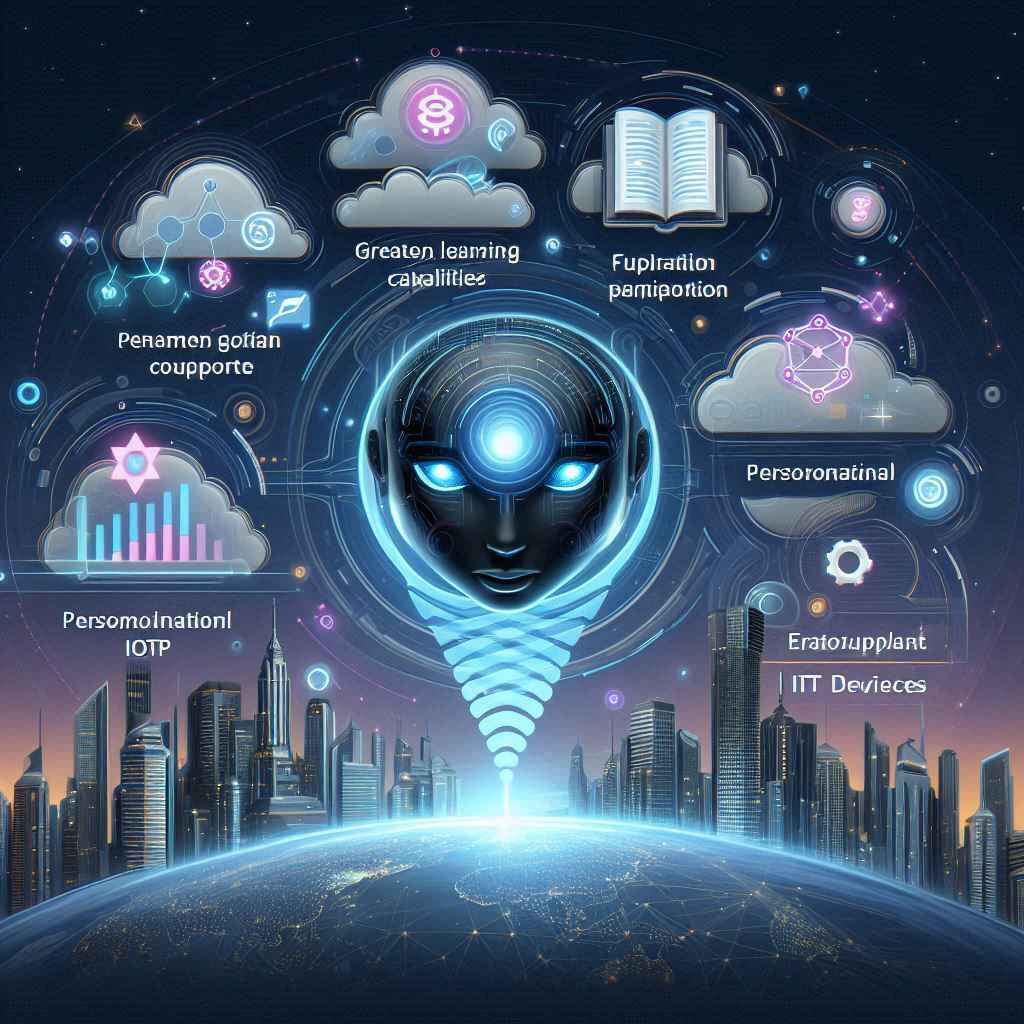
In the rapidly evolving landscape of business technology, organizations are increasingly turning to innovative solutions to enhance operational efficiency and improve communication. One such solution gaining traction is ERP Chat AI. This technology combines artificial intelligence with Enterprise Resource Planning (ERP) systems, enabling businesses to streamline processes and enhance user interactions. In this comprehensive overview, we will delve into what is ERP chat AI, its features, benefits, implementation strategies, and its future in the business world.
Understanding ERP Chat AI
To fully appreciate the significance of this technology, it’s crucial to first understand what it entails. So, what is ERP chat AI? At its core, it refers to an artificial intelligence-powered chatbot integrated within an ERP system. This chatbot utilizes natural language processing (NLP) to facilitate communication between users and the ERP software, allowing for a more intuitive interaction. Users can ask questions and receive answers in real-time, significantly improving the user experience.
Key Features of ERP Chat AI
- Natural Language Processing (NLP): This feature allows users to interact with the ERP system using everyday language. Instead of needing to input complex commands or navigate through multiple menus, users can simply type or speak their queries.
- Task Automation: Data entry, report generating, and notifications are just a few of the repetitive chores that can be automated with an erp ai chatbot. This automation reduces the likelihood of human error while also saving time.
- Data Retrieval: Users can quickly access relevant information stored in the ERP system by asking the chatbot specific questions. For instance, a user might inquire about inventory levels or sales figures without needing to navigate through various screens.
- Personalized User Experience: By analyzing user behavior and preferences, an erp ai chatbot can provide tailored responses and recommendations. This personalization enhances user satisfaction and engagement.
- 24/7 Availability: Unlike human support staff who have limited working hours, ERP chatbots are available around the clock. Regardless of time zones or work hours, this guarantees that users can access help whenever they need it.
Benefits of Implementing ERP Chat AI
Integrating an ERP chat AI into your business processes offers numerous advantages:
1. Enhanced Efficiency
One of the primary benefits of understanding what is ERP chat AI is recognizing its potential to enhance efficiency within an organization. By automating routine tasks and providing instant access to information, businesses can operate more smoothly. Workers can devote more time to growth-promoting strategic projects and less time to administrative tasks.
2. Improved Decision-Making
With real-time data access and insights provided by the chatbot, businesses can make informed decisions quickly. This agility is crucial in today’s competitive landscape where timely decisions can significantly impact outcomes.
3. Cost Savings
There are substantial cost reductions when routine questions are handled by human resources less frequently. Organizations can allocate their workforce more effectively while maintaining high levels of service through an ERP AI chatbot.
4. Increased User Satisfaction
The ability to interact with the ERP system in a conversational manner enhances user satisfaction. Employees are more likely to engage with the system when they find it user-friendly and responsive.
5. Scalability
As businesses grow, their operational needs evolve. An ERP chat AI can easily scale with the organization, accommodating increased user queries and data complexity without requiring substantial additional resources.
To explore some of the top ERP AI chatbots available in 2024 and their features, visit 12 Best ERP AI Chatbots in 2024.
How Does an ERP Chat AI Work?
To fully grasp what is ERP chat ai, it’s essential to understand how these systems operate:

1. User Interaction
Users communicate with the chatbot through various channels (e.g., web chat, mobile apps). The chatbot processes these inputs using NLP techniques that allow it to understand context and intent.
2. Data Processing
The chatbot retrieves information from the ERP database based on user queries. By learning from previous interactions, it employs machine learning techniques to gradually increase its accuracy.
3. Response Generation
After processing a query, the chatbot formulates a response that is sent back to the user in a conversational format that is easy to understand.
4. Task Execution
For certain requests (like generating reports or updating records), the chatbot can execute tasks directly within the ERP system without requiring human intervention.
Use Cases of ERP Chat AI
The versatility of understanding what is ERP chat AI allows for various applications across different business functions:
1. Customer Support
ERP chatbots can handle customer inquiries related to order status, billing issues, or product information without human intervention. For example, if a customer wants to know about their order shipment status, they can simply ask the chatbot instead of waiting for a customer service representative.
2. Employee Assistance
Employees can ask questions about payroll processing, leave balances, or benefits enrollment directly through the chatbot interface. This self-service capability empowers employees and reduces the workload on HR departments.
3. Training and Onboarding
New employees can use the chatbot to learn about company policies or navigate through different modules of the ERP system effectively. The bot can guide them through training materials or answer common onboarding questions.
Implementing an ERP Chat AI Solution
To successfully integrate ERP Chat AI, organizations must first understand what is ERP chat AI and then follow these essential steps:
1. Define Objectives
Clearly outline what you want to achieve with your chatbot implementation—whether it’s improving customer service or streamlining internal processes.
2. Choose the Right Technology
Select a technology stack that aligns with your existing ERP infrastructure and supports NLP capabilities for effective communication between users and systems.
3. Design Conversational Flows
Map out common user queries and design conversation paths that guide users toward successful interactions with the chatbot while ensuring that it aligns with business objectives.
4. Integrate with Existing Systems
Ensure seamless integration between your chatbot and existing enterprise systems using APIs or middleware solutions that facilitate data exchange between platforms.
5. Test and Optimize
Before full deployment, conduct thorough testing of the chatbot’s functionalities with real users and optimize based on feedback received during this phase.
Challenges in Implementing ERP Chat AI
While there are numerous benefits associated with understanding what is ERP chat ai, organizations may face challenges during implementation:
1. Data Security Concerns
Integrating a chatbot into an existing ERP system raises concerns about data security and privacy compliance (e.g., GDPR). Organizations must ensure that sensitive information is protected during interactions with users.
2. Change Management
Employees may resist adopting new technologies due to fear of job displacement or unfamiliarity with digital tools like an erp ai chatbot. For adoption to be successful, effective change management techniques are necessary.
3. Complexity of Integration
Integrating an intelligent chatbot into legacy systems may pose technical challenges that require specialized skills or additional resources for successful deployment.
Future Trends in ERP Chat AI
As technology continues to evolve, so too will solutions related to understanding what is ERP chat ai:

1. Advanced Machine Learning Capabilities
Future chatbots will leverage more sophisticated machine learning techniques that enable them to understand context better and predict user needs more accurately based on historical interactions.
2. Greater Personalization
With advancements in data analytics tools available today (like predictive analytics), chatbots will provide even more personalized experiences by understanding individual user preferences better than ever before.
3. Multilingual Support
As businesses operate globally across diverse markets worldwide—future implementations will likely include multilingual capabilities designed specifically for catering towards varied workforces around different regions globally!
4 Integration with IoT Devices
The rise of IoT will enable chat bots to not only interact directly between users but also connected devices within an organization’s ecosystem—enhancing operational efficiency further still!
Real-World Examples of Successful Implementations
Understanding practical applications helps solidify our grasp on “what is ERP chat ai.” Here are some real-world examples showcasing successful implementations:
Example 1: Manufacturing Industry
A leading manufacturing company integrated an erp ai chatbot into their supply chain management system—allowing suppliers immediate access concerning order statuses & shipment tracking! As a result—response times improved significantly while reducing manual workload for procurement teams!
Example 2: Retail Sector
A retail giant utilized an intelligent bot within their customer service framework—enabling customers instant assistance regarding product inquiries & returns! This not only increased customer satisfaction but also reduced call center volume by over 30%!
Best Practices for Maximizing ROI from Your ERP Chat AI
To ensure you get maximum return on investment (ROI) from your deployment—it’s essential follow best practices:
- Regularly Update Content: Ensure your bot’s knowledge base remains current—this includes product updates & policy changes!
- Monitor Performance Metrics: Utilize analytics tools track bot performance—this helps identify areas needing improvement!
- Gather User Feedback: Encourage users to provide feedback after interactions—this insight helps refine conversational flows!
- Train Staff Appropriately: Ensure employees understand how to utilize these tools effectively—training sessions foster confidence among team members!
- Stay Informed About Trends: As technology evolves—stay updated regarding new features available within platforms being utilized!
Conclusion
In summary—understanding what constitutes “what is ERP chat ai” becomes crucial when considering leveraging technology effectively towards improved efficiencies & productivity gains! By integrating intelligent bots into existing enterprise resource planning systems—companies stand poised for automating mundane tasks while enhancing user experiences across all levels!
As we move forward into this exciting new era where artificial intelligence plays such pivotal roles—embracing these innovations will be essential for staying competitive amidst today’s dynamic market landscape!
By implementing effective strategies around deploying an “erp ai chatbot”—organizations unlock new opportunities for growth & success within their respective industries!
With a clear vision & strategic approach towards integrating these advanced technologies—the future looks bright indeed!
For more insights on AI-driven tools, take a look at our Discover How to Use the Adelor AI Tool to Boost Productivity blog.





